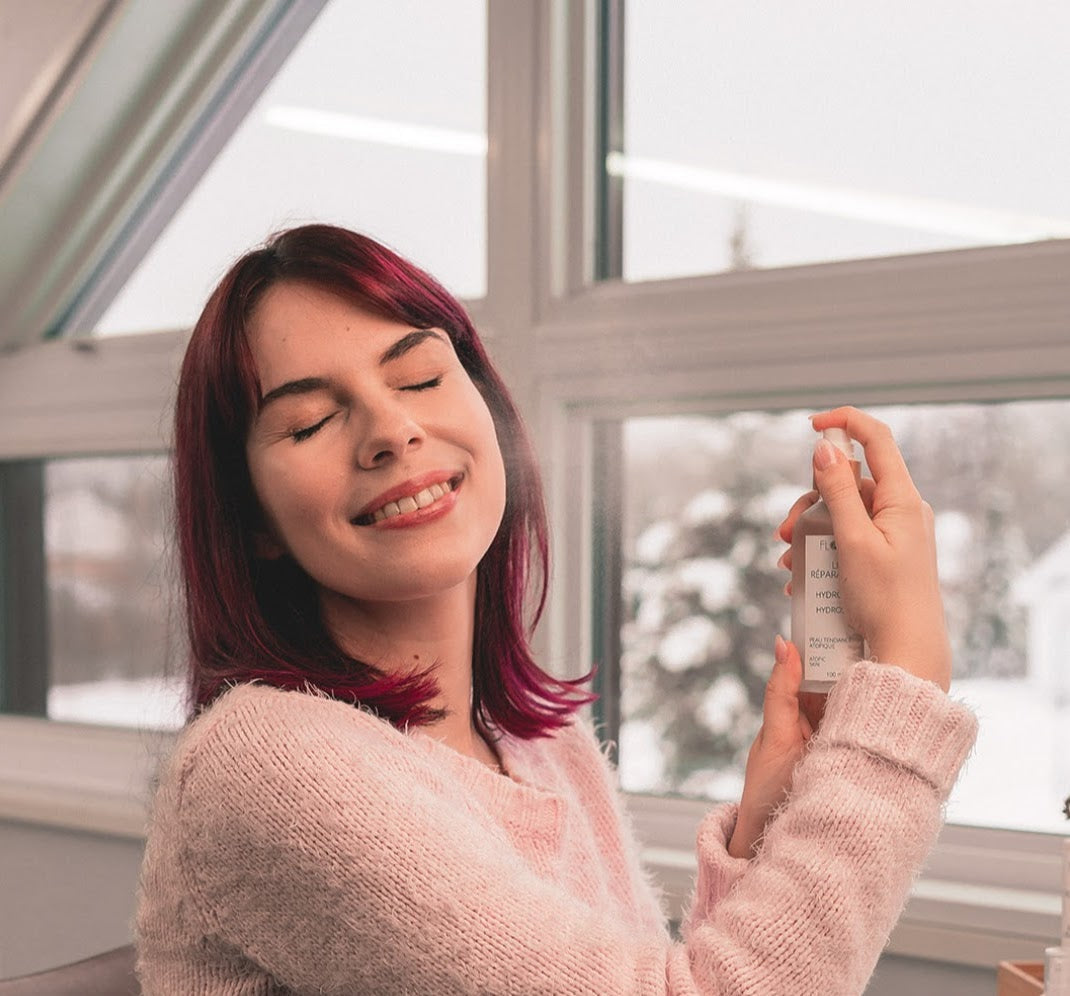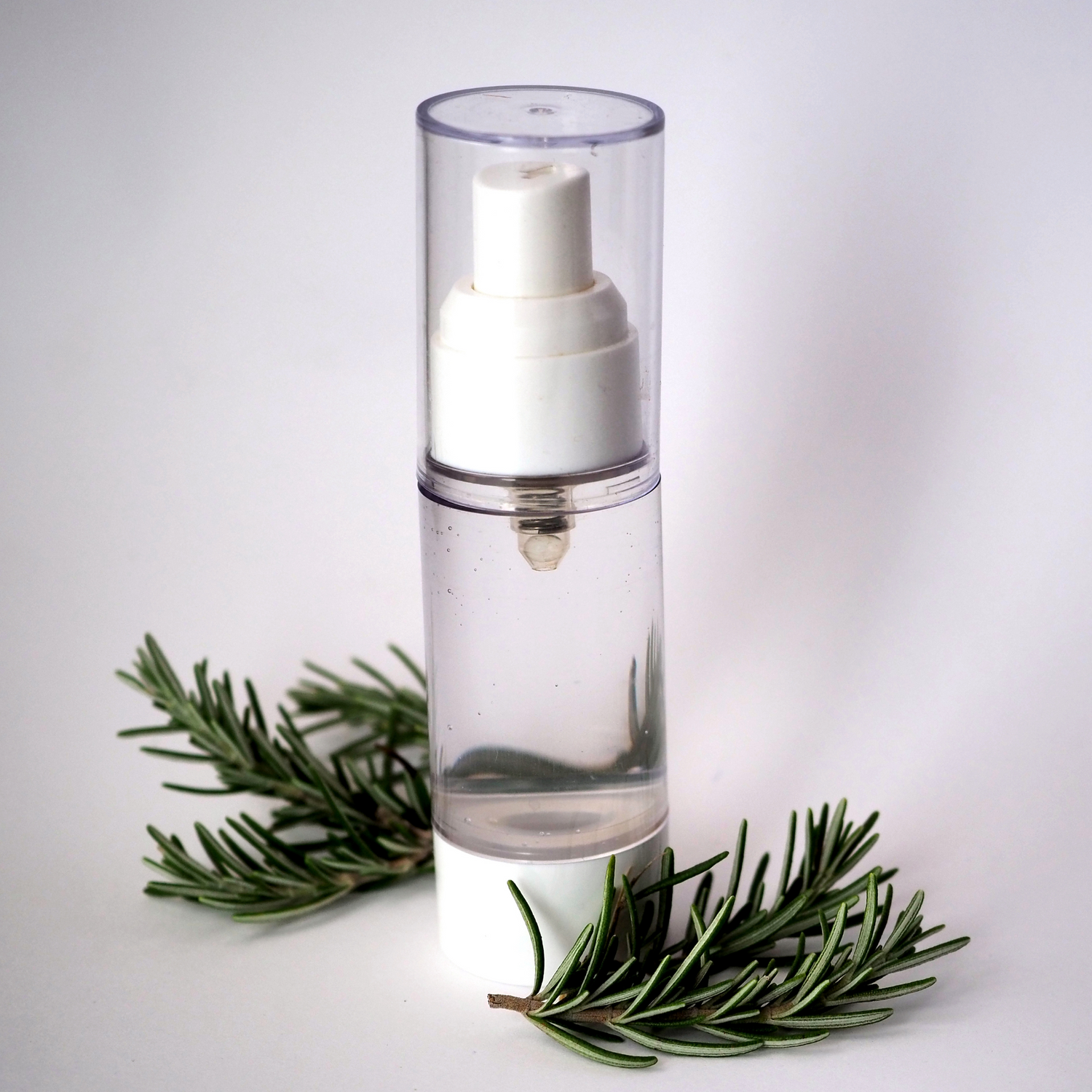Microplastics, these tiny solid or liquid particles, are insidiously found in many of the skincare and beauty products we use every day. Whether in creams, shower gels, shampoos, or even makeup, these particles are often the result of the degradation of plastic objects, synthetic fibers contained in clothing, or even cosmetic products themselves, such as exfoliating beads.
The beauty industry uses them voluntarily
What is unacceptable is that in the conventional cosmetics industry, plastics are deliberately added to formulas by manufacturers. Why? In addition to their relatively low cost, these plastic derivatives give products a pleasant texture and enhanced sensory experience, making them more appealing to consumers.
A common example: Silicones
A common example of these deliberately added "plastics" is silicones. Found in many skincare, haircare, and makeup products, silicones offer a velvety texture, a non-greasy feel, and ease of application. On the skin, they provide a soft feel and a smooth appearance, contributing to the popularity of conventional cosmetics.
Worrying consequences for the environment and humans
The widespread use of these microplastics has worrying consequences for the environment and human health. When these products are rinsed off, microplastics can end up in drains and, ultimately, in the oceans, where they pose a threat to marine wildlife and aquatic ecosystems. Furthermore, studies have suggested that microplastics could also be absorbed through the skin, raising concerns about their potential effects on human health.
It is therefore crucial to be aware of these issues and to opt for more environmentally friendly alternatives. For a comprehensive article on plastics in your personal care products, read Julien Kaibeck's article; Microplastics in Cosmetics, Why Avoid Them? . We can all contribute to reducing our plastic footprint and protecting our planet for future generations.







